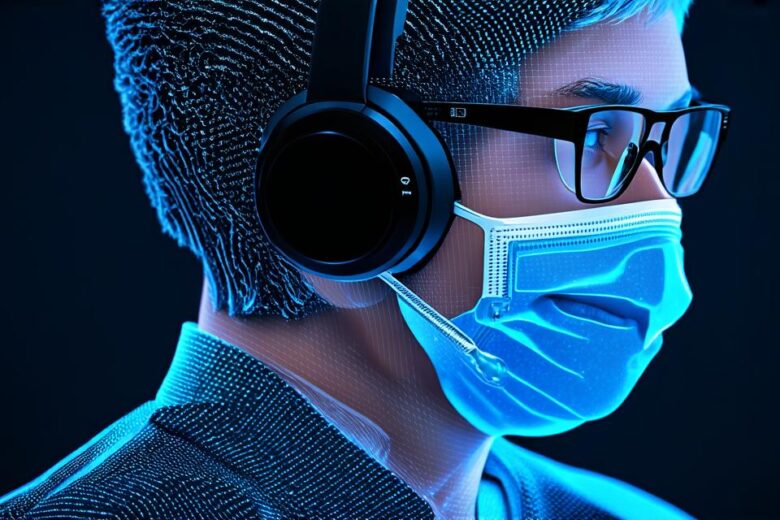Introduction:
Augmented reality (AR) is an emerging technology that’s rapidly changing how we interact with the world around us. From gaming to retail, AR has already proven its potential in various industries. But what about healthcare? Could this revolutionary technology have a significant impact on patient care and hospital operations? In this article, we will explore some of the ways AR is being utilized in healthcare and how it’s benefiting both patients and healthcare providers alike.
1. Enhancing Patient Experience:
One of the key advantages of AR in healthcare is its ability to enhance the overall patient experience. By providing real-time visual aids, AR can help patients understand their conditions and treatments better. For instance, AR can be used for remote consultations, allowing patients to connect with doctors from the comfort of their homes. With AR, patients can get a more accurate diagnosis, saving them time and money while reducing the risk of medical errors.
Another example is the use of AR in surgical procedures. By overlaying digital images onto the surgical site, surgeons can access real-time information, improving accuracy and reducing the risk of complications. This can lead to faster recovery times for patients and a more efficient surgical process.
2. Streamlining Hospital Operations:
AR has also been shown to streamline hospital operations, making them more efficient and cost-effective. For instance, AR can be used for inventory management, allowing healthcare providers to track stock levels in real-time. This can prevent stockouts and reduce waste, leading to significant cost savings.
AR can also be used for training staff members, providing real-time feedback on their performance. This can improve the overall quality of care provided by hospitals, making them more efficient and effective.
3. Boosting Patient Engagement:
AR has also proven to be an effective tool for patient engagement. By providing interactive visual aids, AR can help patients understand their conditions better, leading to improved adherence to treatment plans. For instance, AR can be used for medication reminders, ensuring that patients take their medications on time and as prescribed.

4. Enhancing Medical Research:
AR can also play a crucial role in medical research. By providing real-time visual aids, AR can help researchers analyze complex data more efficiently. For instance, AR can be used for 3D modeling of biological structures, allowing researchers to study the intricacies of the human body. This can lead to new insights and discoveries in healthcare, improving patient outcomes and paving the way for new treatments.
Conclusion:
In conclusion, augmented reality has enormous potential in the healthcare industry. By enhancing patient experience, streamlining hospital operations, boosting patient engagement, and enhancing medical research, AR can transform how we approach healthcare. As this technology continues to evolve, we can expect to see even more innovative uses of AR in healthcare, leading to improved patient outcomes and a more efficient healthcare system.
